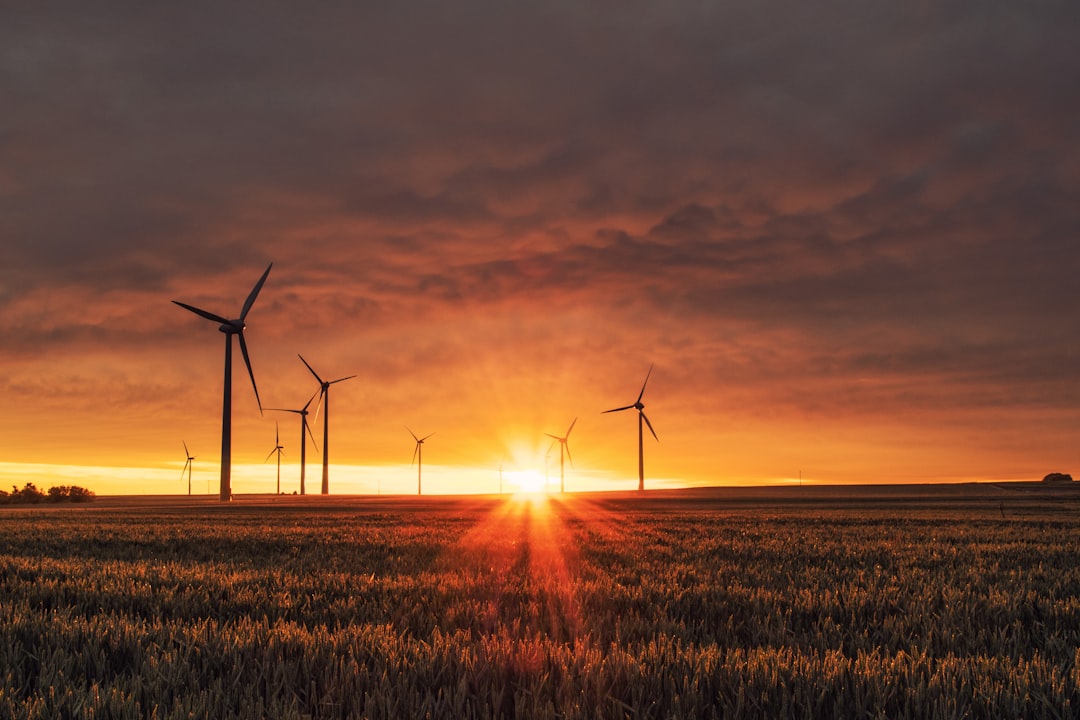Power and Energy Metrics
How We Can Compare Power and Energy Generation Methods With No Hidden Agendas?
Contents
Introduction
Efficiency Metrics and Characteristics
Affordability Metrics and Characteristics
Environmental Impact Metrics and Characteristics
Reliability Metrics and Characteristics
Durability Metrics and Characteristics
Flexibility Metrics and Characteristics
Resource Availability Metrics and Characteristics
Adaptability Metrics and Characteristics
Safety Metrics and Characteristics
Security Metrics and Characteristics
Social Acceptance Metrics and Characteristics
Regulation Metrics and Characteristics
Concluding Remarks
Bitesize Edition
For those who don’t know, I did my first degree in mathematics, and occasionally I get the urge to return to it. Over the previous few months, I’ve covered the characteristics of wind power and solar power.
Like many topics, providing mathematical examples can aid understanding. This week will provide a collection of metrics that I’ll use going forward to help compare power generation methods and their effectiveness in these metrics. This will set the groundwork to eventually mathematically compare these methods. I hope that this will demonstrate what I’ve been saying for years now: That each method is important and necessary in our clean energy transition in its own way, and that none should be cast aside.
I’ll group the metrics by the following characteristics that you’ll have seen before in my deep dive masterclasses into energy and power generation methods: Efficiency, Affordability, Environmental Impact, Reliability, Durability, Flexibility, Resource Availability, Adaptability, Safety, Security, Social Acceptance, and Regulation.
Introduction
In the world, die-hard fans of a specific type of power generation exist. Some who love solar won’t hear anything about the advantage of nuclear baseload power. Those who love nuclear won’t listen to a lover of solar and discuss how solar produces 100% of electricity demand throughout the day in some regions of the world. People who don’t like wind power are questioning why we’re investing billions into glorified windmills.
But every power generation method has its place in our hypothetical future of a cleaner future. Decisions are currently being made by politicians when they should be made by engineers.
To aid politicians, they need to know why every production method has a place in our future, and how to not use the clean energy transition as a form of political divide, or to attach its future to some ideology the elites wish to pedal. It's because all power generation strategies have unique advantages. A clear way to see this is by comparing energy metrics, which is what I’ll set up today by exploring these different metrics.
Efficiency Metrics and Characteristics:
Heat Rate – The amount of energy used by an electrical generator/power plant to generate one kilowatt hour of electricity.
Conversion Efficiency – The ratio between the useful output of energy and the energy input.
Thermal Efficiency – The ratio of net work output to the heat input.
Overall Efficiency – Ratio of useful work vs the total energy expended.
Exergy Efficiency – The ratio of the thermal efficiency of an actual system compared to an idealised or reversible version of the system for heat engines.
Energy Quality Return on Energy Quality Invested – The ratio of the amount of usable energy delivered from a particular energy resource to the amount of exergy used to obtain said resource.
Energy Concentration
Energy Consumption Per Capita – Total amount of energy consumed divided by a country/region’s population.
Power Plant Energy Payback – The amount of time it takes for a power plant to generate the amount of energy it takes to build the power plant.
Energy Payback – The amount of time it takes for an energy system to generate the amount of energy it takes to generate the system.
Energy Efficiency Pyramid

Affordability Metrics and Characteristics:
Levelized Cost of Electricity – The measure of the average net present cost of electricity generation for a generator over its lifetime.
Net Present Value – The difference between the present value of cash inflows and the present value of cash outflows over a period of time.
Internal Rate of Return – A method to calculate an investment’s rate of return.
Energy Return on Investment – Ratio for describing a measure of energy produced in relation to the energy used to create it.
Cost of Energy
Tariffs and Rates
Energy Burden- The percentage of gross household income spent on energy costs.
Financing
Income Adjusted Costs
Electricity Price
Income-to-Electricity Ratio – Ratio of income vs amount spent on electricity.
Energy Poverty Rate – The rate at which a household must reduce its energy consumption to a degree that negatively impacts the health and well-being of its inhabitants.
Affordability Index – A measure of a population’s ability to afford the purchase of a given good.
Subsidy Dependency
Energy Access – A household’s access to a minimum level of electricity.
Keep reading with a 7-day free trial
Subscribe to Geopolitics Explained to keep reading this post and get 7 days of free access to the full post archives.


